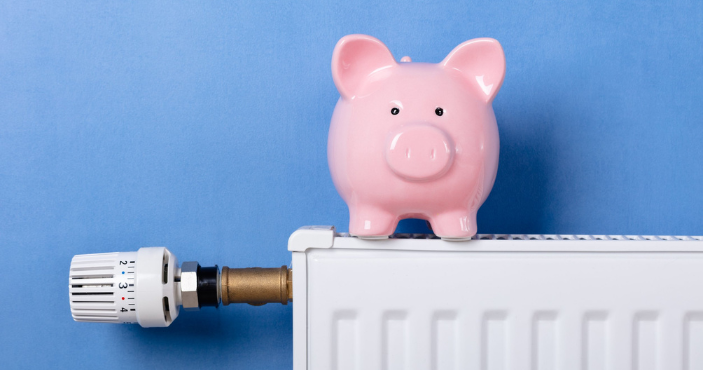Flat rate pricing has been around in one form or another for more than 30 years. I remember using flat rate in 1985 as a helper. Every company I was with as a tech used flat rate of some type. From the classic task list to the simplified level pricing to tiered package pricing, flat rate is the go-to pricing for the service trades.
Flat rate is a part of a very powerful business strategy but can be the proverbial two-edged sword. Some have tried flat rate only to see lower ticket averages, higher frequency of “diagnostic only” and upset customers. Those that experience these issues usually blame the pricing and revert to the old time and material method of pricing.
In an effort to save you the headaches experienced by others, here’s a list of 5 things companies do to lose money using flat-rate pricing. Use this list to avoid the same mistakes.

1. Blindly Use Whatever Someone Else Is Using
This happens in many areas of a business, not just with pricing. Imagine that you see a new product or process and decide, “If it’s working for them, it will work for me.” Flat rate pricing has to be customized to your business and market to be effective. Don’t just use the same hourly rates as the guy down the street. Let him worry about his true break-even and you worry about yours.
2. Not Understanding How Pricing Is Calculated
Just like how blindly using a product or process that someone else is using can hurt you, so can using something “off the shelf” without understanding it. For instance, using a flat rate book designed and built for a company in Los Angeles would be terrible for a company in Brownwood, Texas.
You must know how the price is calculated and what goes into the calculation. The labor time, the material cost and any miscellaneous costs should be included. You should also be conscious of “blind” and “visible” items.
A visible item is something the customer has probably encountered before, such as a flush valve or capacitor replacement. These are things that have a high price sensitivity. Visible items should be scrutinized to see if the market will bear the calculated price. We’ve all had the “I can buy that online for $10” calls.
A blind item is something that a customer has never encountered before, such as a suction accumulator or an intersystem bonding terminal block. Attention to detail here will help you calculate costs successfully.
3. Not Raising Prices Over Time
If you haven’t updated your pricing in the last six months, your price has eroded through inflation. You are charging less for your valuable services today than you were six months ago. I have found that most companies only raise prices every three years or so.
If you haven’t raised prices, you’re leaving money on the table that is rightfully and ethically yours. You should check prices before every season and raise a minimum of once a year by at least 5% depending on the market.
4. Refusing To Train Your Techs
If you never teach your techs the proper way to use your company’s pricing, you’ll leave money on the table and have upset customers. Some flat rate pricing is just a listing of tasks and prices. Others may use a primary and additional task approach. Some systems have a member discount or even require the diagnostic fee to be waived.
Whatever method you use, make sure your techs are well-versed in putting together pricing and options for the clients. If you don’t train them, their lack of understanding will show and look like a sales gimmick or even incompetence. This is where the money is made or lost with flat-rate pricing.
5. Too Many Items In The Flat Rate Book
It’s good to have multiple options for the tasks your technicians perform, but too many can create confusion. If you analyze the flat rate tasks your company has used for the last heating or cooling season you’ll probably find that 80% of the work was from 20-25 tasks. So why have 250? Analyze your tasks and see which ones you use the most and put those in the book. You should try to have enough to cover 80% of the issues your techs encounter. Get their input on what should be included and you’ll also get more buy-in.
Find Success With Flat Rate Pricing
Flat rate pricing is a great tool that has been around for a long time. It’s not going away even if we always try to improve the format or the presentation. Make sure you avoid these problems so you can truly make the money that you, your team and your company deserve for your hard work, knowledge and experience.
Service Excellence provides superior coaching and training for owners, technicians, managers, CSRs and salespeople, empowering them to change their lives and the lives of their team members and customers. Remember, at Service Excellence, we IGNITE THE POWER WITHIN!







